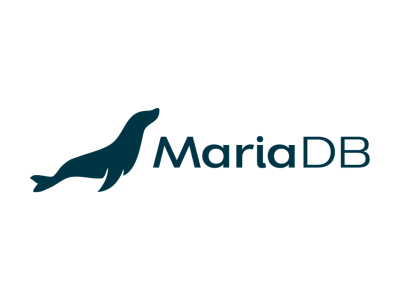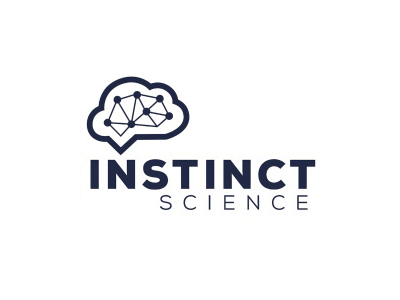
Unlock Your Product’s Full Potential with an Expert Product Management Consultant: From concept to market success, I specialize in guiding companies through the entire product development journey, leveraging my expertise in SaaS, iOS, and Android. As the co-founder of ClipDish, a recipe app powered by the same strategies I teach, my real-world insights ensure practical advice and actionable solutions for startups and corporations alike. Let’s transform your ideas into thriving products that make a difference - reach out to me today.
The Software Product Management Blog
Blue Ocean Strategy Book Summary
Book notes and study guide for a classic in new product go to market strategy.
Read MoreYour Product Management Promotion Cheatsheet
Unlock your product management career potential with this handy career progression cheatsheet.
Read MoreEssential Guide to Software Product Management
Explore the multifaceted role of a software product manager, Learn what it takes to excel in this dynamic career.
Read MoreA World Without Email Book Summary & Study Guide
Escape inbox overload. Learn how the hyperactive hive mind workflow cripples productivity and find strategies for efficient, focused work in the digital age.
Read MoreDiscover Innovative Solutions and Proven Expertise


ClipDish
"Genius" cooking app for iOS devices that helps customers find and organize recipes.
Read More
Lift Every Voice
Tool deployed at UPenn Hospital to document experiences of racism in health care settings.
Read More
Instinct Vet
Embedded product manager helped develop requirements and wireframes for outsourced product features.
Read More